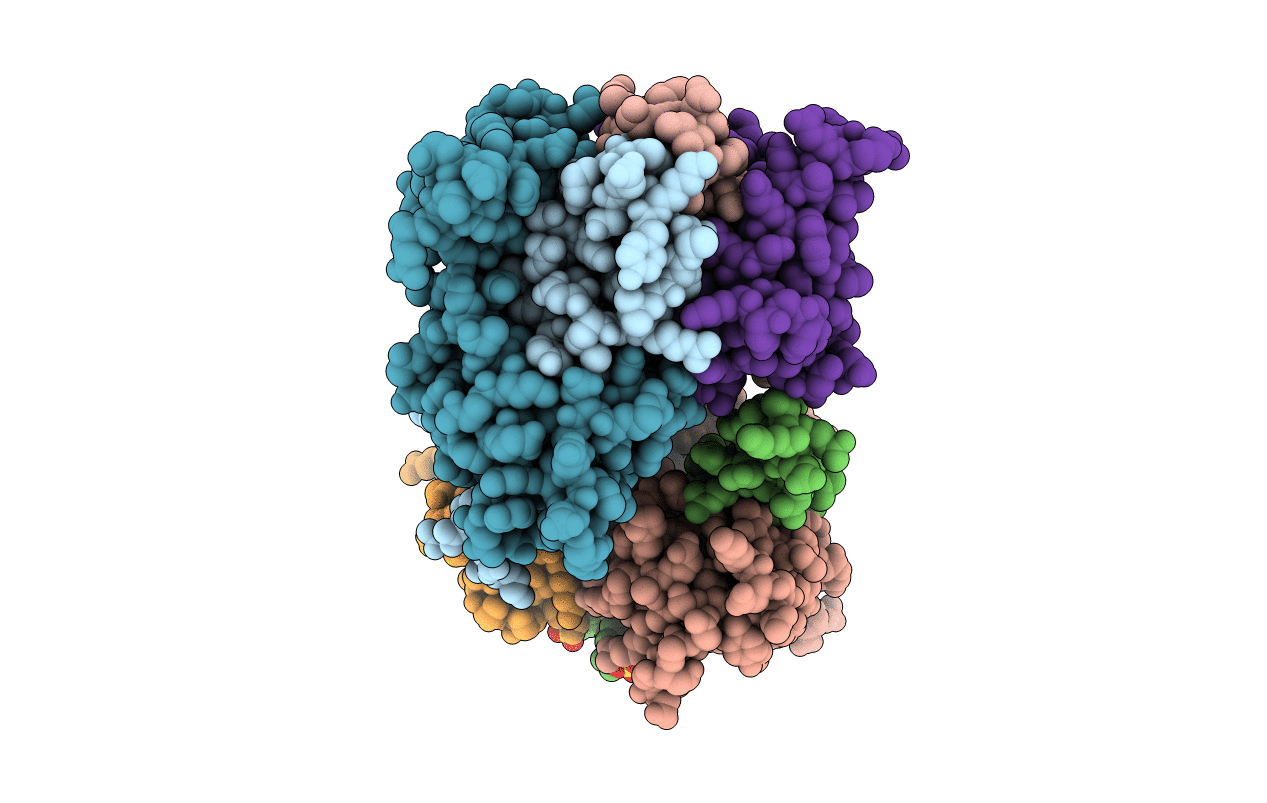
Deposition Date
2017-10-09
Release Date
2018-03-14
Last Version Date
2023-10-04
Entry Detail
PDB ID:
6B8N
Keywords:
Title:
Crystal Structure of the Ca2+/CaM:Kv7.4 (KCNQ4) AB Domain Complex, 10 uM CaCl2 soak
Biological Source:
Source Organism:
Homo sapiens (Taxon ID: 9606)
Host Organism:
Method Details:
Experimental Method:
Resolution:
2.20 Å
R-Value Free:
0.26
R-Value Work:
0.22
R-Value Observed:
0.22
Space Group:
I 2 2 2


